PACER Plus Overview
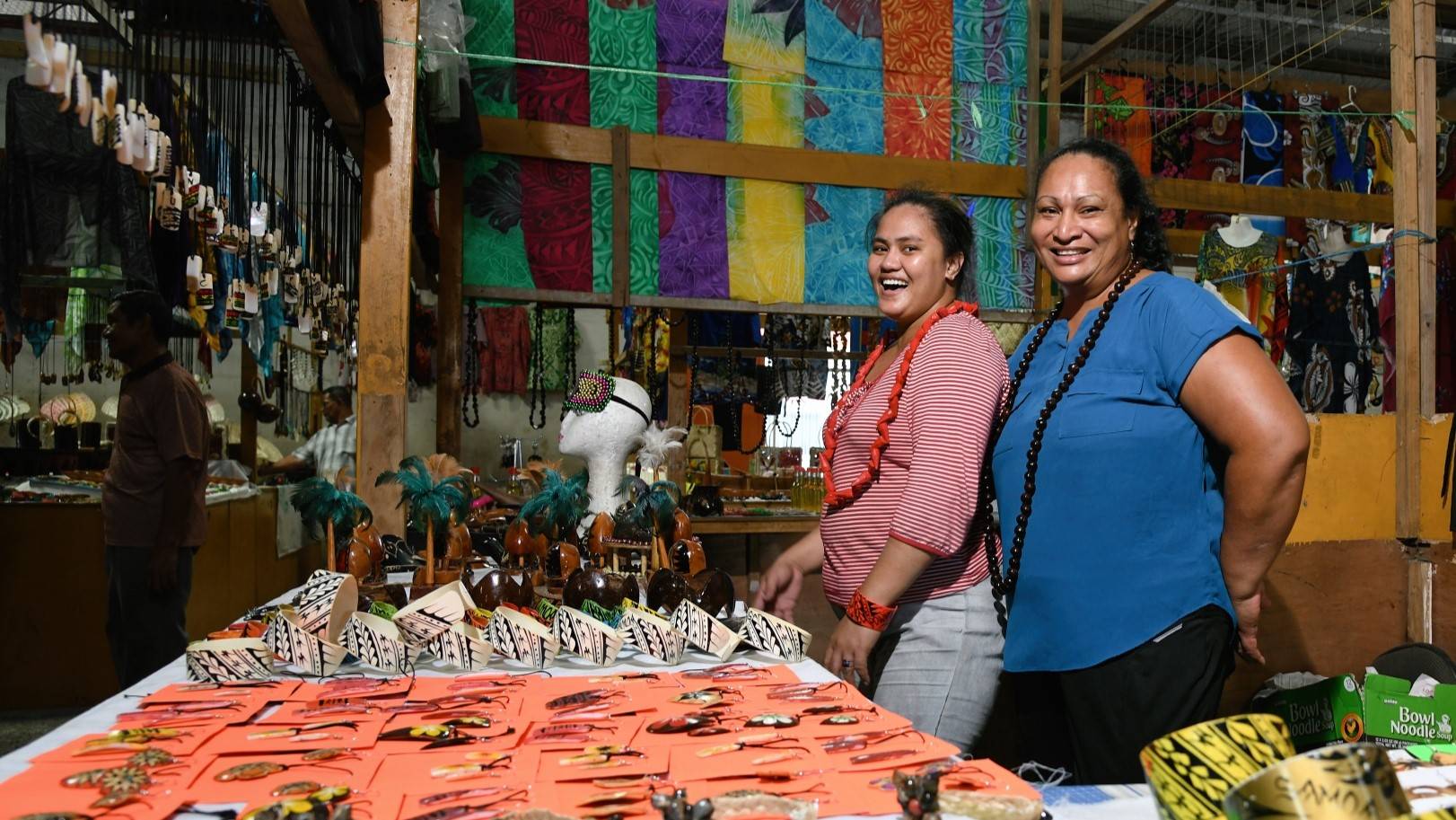
Overview
The Pacific Agreement on Closer Economic Relations (PACER) Plus is a landmark trade and development agreement that will raise living standards, create jobs and increase exports in Pacific Island countries, while also lowering barriers and providing greater certainty for New Zealand businesses.
New Zealand’s people, economy and environment are closely linked to that of the wider Pacific region. As a Pacific country, we are connected through history, culture, trade, languages and shared interests. New Zealand is home to more than 381,600 Pasifika peoples – around 8 percent of New Zealand’s total population.
PACER Plus establishes a common set of trading rules for the region, making it easier for businesses to trade throughout the Pacific and further afield. PACER Plus is helping Pacific countries to attract investment and increase exports, driving economic growth and providing higher incomes and more opportunities for people. PACER Plus also improves market access for New Zealand suppliers and investors, and provides a more predictable trading environment.
New Zealand and Australia are offering dedicated development cooperation assistance to help Pacific Island countries meet their obligations under PACER Plus and take advantage of the opportunities it offers.

Countries in PACER Plus
Ten Pacific Island Forum (PIF) members have signed PACER Plus:
- Australia
- Cook Islands
- Kiribati
- New Zealand
- Niue
- Samoa
- Solomon Islands
- Tonga
- Tuvalu
- Vanuatu
Nauru has signed but has not yet ratified the Agreement.
All Pacific Island Forum members are encouraged to join in the future.
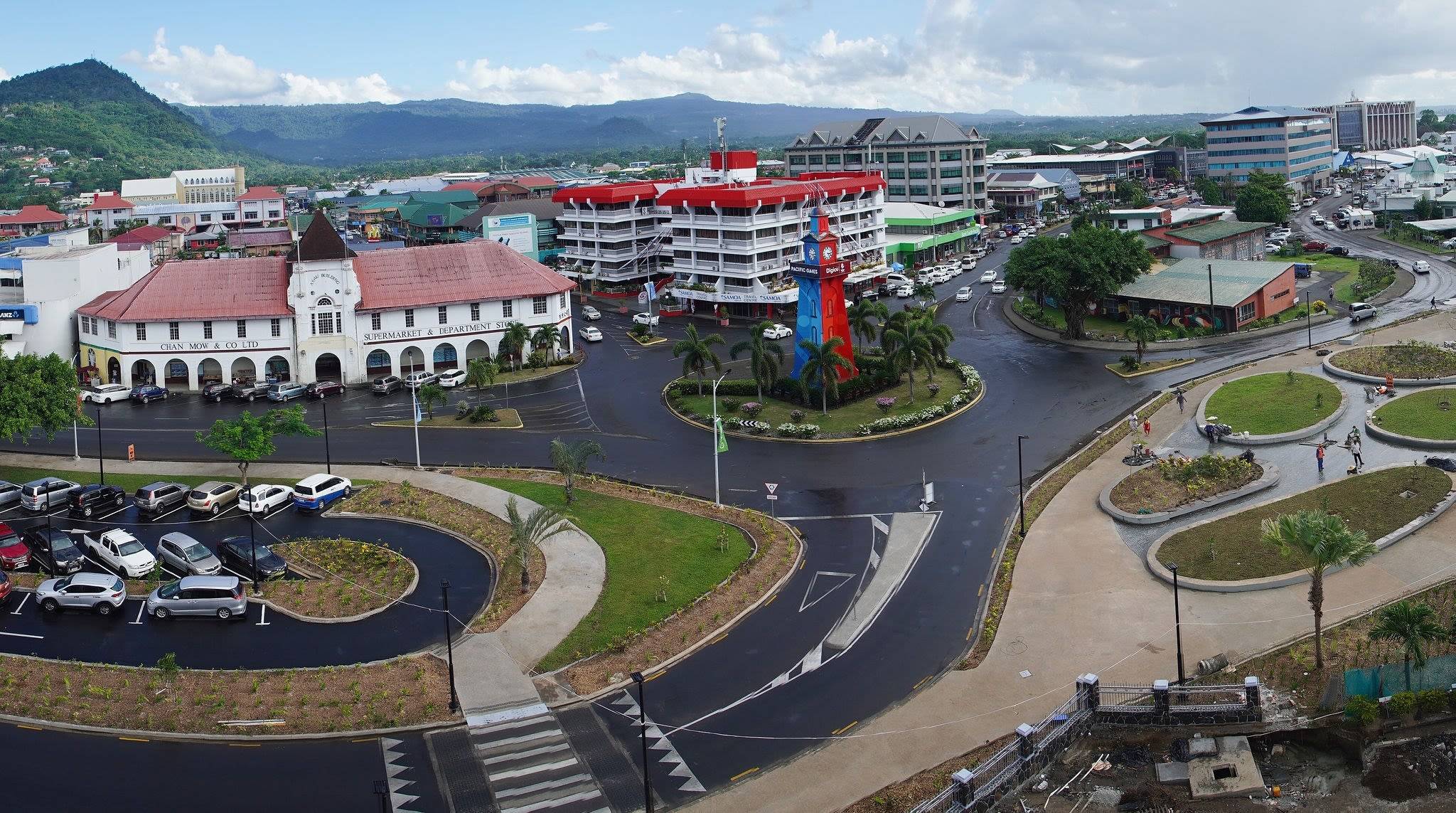
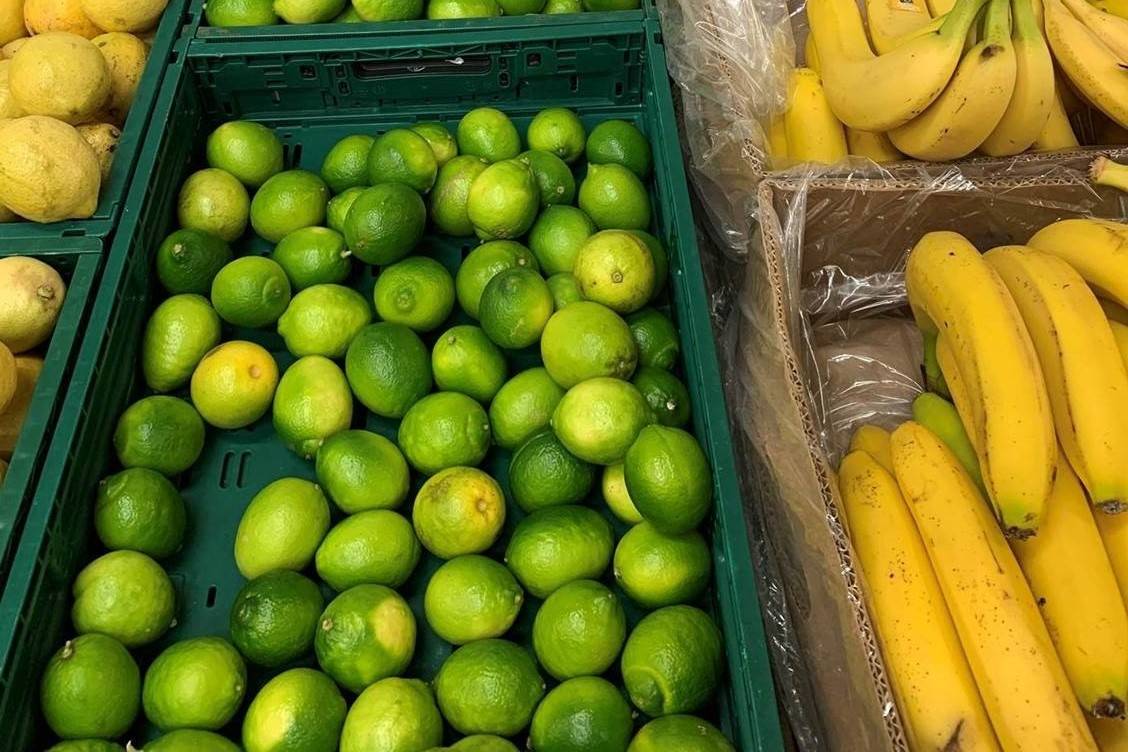
The Agreement
PACER Plus establishes a common set of trading rules and a predicable trading environment for goods, services and investment. It is bringing Parties in line with international rules developed by the World Trade Organisation - supporting trade between Parties and facilitating access to global markets. The benefits of the agreement for the region are outlined below.
Improved transparency and predictability: Exporters and importers are benefiting from increasing transparency and predictability in the trading and investment environment. Border processes are clear, transparent and streamlined, reducing risk and the cost of compliance.
Elimination of tariffs: Under PACER Plus, all tariffs on goods from Pacific parties that export into New Zealand and Australia are eliminated as long as they comply with PACER Plus Rules of Origin. The schedules for the removal of tariffs is longer than is typical for most Free Trade Agreements, in some cases occurring over a 25-35 year time period; these extended periods allow time for Pacific parties to develop their trade capacity.
Liberalised Rules of Origin: The Agreement establishes modernised and flexible Rules of Origin that create more opportunities for domestic value-adding for goods traded by Parties. This supports greater participation of Parties in regional and global supply chains.
Sanitary and Phytosanitary Measures (SPS): The Agreement protects the rights of Parties to adopt science-based SPS measures to promote and protect human, animal, and plant health whilst ensuring that trade is not unreasonably or unfairly restricted.
Technical Barriers to Trade (TBT): PACER Plus sets out rules for how Parties design, adopt and apply countries’ technical regulations, standards and conformity assessment procedures to avoid unnecessary obstacles to trade.
Services: PACER Plus makes it easier for people and businesses from PACER Plus countries to provide services to customers in each other’s countries. Parties have each established market access commitments to allow companies from other PACER Plus countries deliver services in their territory.
Investment: Pacific Parties to PACER Plus have established lists that set out priority investment sectors. The Agreement has established legal protections for domestic and foreign investors, supporting increased flow of direct foreign investment to help meet capital needs.
Movement of Natural Persons: PACER Plus provides improved temporary visa access for skilled workers, specialists and business people that are conducting business or delivering services in the region.
Right to regulate: PACER Plus preserves the New Zealand Government’s right to regulate in the public interest and contains specific protections in a range of policy areas, including preserving the pre-eminence of the Treaty of Waitangi in New Zealand. Find out more in Māori Interests.
Development and Economic Cooperation Work Programme: New Zealand and Australia have provided A$ 25.5 million dedicated development and economic cooperation programme to help Pacific Island countries adjust to PACER Plus and leverage the opportunities for economic development that are available through it.
Aid for Trade Investment Target: New Zealand has set a funding target of 20% of its total International Development Cooperation Funding on ‘Aid for Trade’ in the Pacific region. This includes funding of the Development and Economic Cooperation Work Programme (above).
Arrangement on Labour Mobility (ALM): The ALM enhances regional labour mobility opportunities for Pacific workers, to gain jobs, learn new skills and bring their incomes and skills back to their countries of origin. The ALM was signed by Parties alongside PACER Plus.
Read the full text of PACER Plus, the National Interest Analysis and other resources.
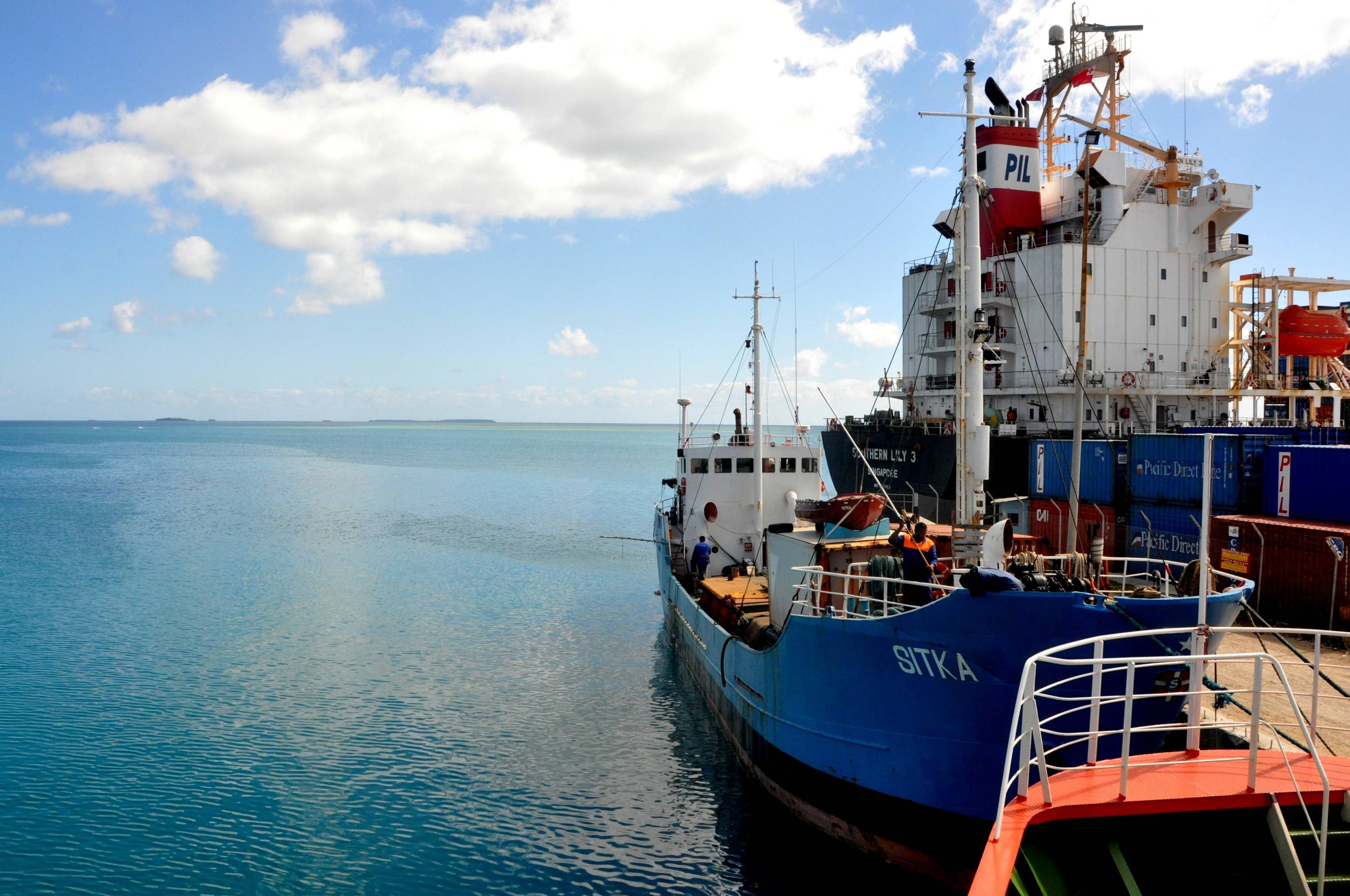
Key trade facts
- In June 2020, prior to PACER Plus entry into force[1], two-way trade between New Zealand and PACER Plus Parties excluding Australia was $1.14 billion in the year. New Zealand exported $711.13 million and imported goods and services valued at $432.1 million over the period[2].
- ·In June 2023, two-way trade between New Zealand and PACER Plus Parties excluding Australia was $1.45 billion. New Zealand exported $825.15 million and imported $620.16 million (see figure below).
- In the year ending June 2023, New Zealand’s top five exports to PACER Plus Parties were travel ($246m), mechanical machinery ($48m), dairy ($38m), wood ($38m) and electrical machinery ($37m).
- Top imports from PACER Plus parties were travel ($528 million), government services ($21m), wood ($11m), electrical machinery ($4m) and vegetables ($3m).
- Over the same period, 16,144 recognised seasonal employee (RSE) workers from the Pacific worked in New Zealand’s agriculture and horticulture sectors, remitting over $116 million.
[1] PACER Plus entered into force in December 2020
[2] Note that depressed trade flows between 2020-2022 reflect the dampening impacts of COVID-19 internationally.
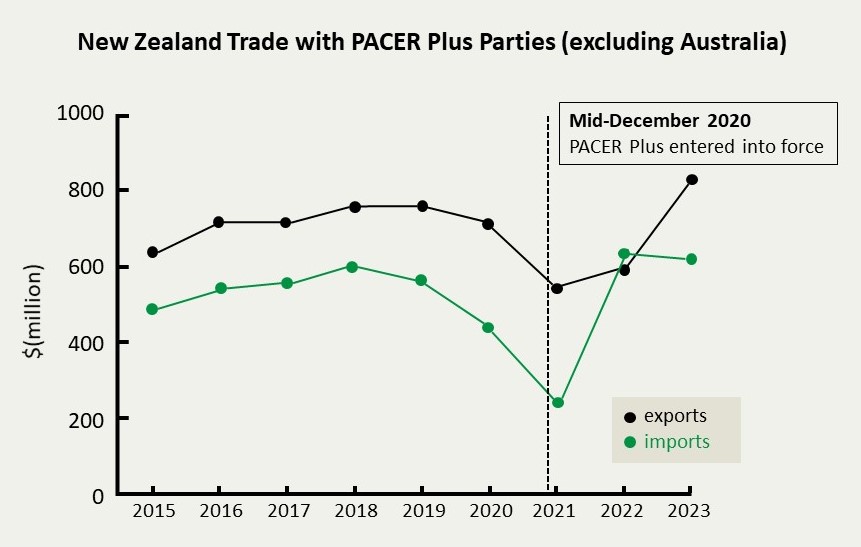

Background to PACER Plus
PACER Plus builds on existing trade agreements: the South Pacific Regional Trade and Economic Cooperation Agreement (SPARTECA) (1980) and the original PACER Agreement (2001).
PACER Plus negotiations began in 2009 and concluded in April 2017. The Agreement entered into force on 13 December 2020.
Read the detailed background on PACER Plus.

Share your views
We welcome your feedback and questions on PACER Plus.
Email FTA_Outreach@mfat.govt.nz
FTA Implementation Unit
Ministry of Foreign Affairs and Trade
Private Bag 18901
Wellington
